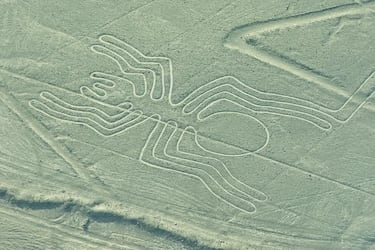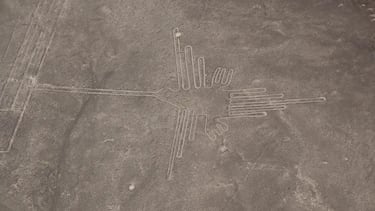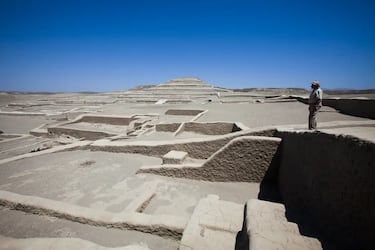AI reveals 303 hidden messages from the past: archaeology’s next frontier
In just six months, researchers used artificial intelligence to double the number of known geoglyphs in southern Peru’s desert.

In barely half a year, an international team from the Nazca Institute at Japan’s Yamagata University, in collaboration with IBM, has cracked one of archaeology’s great modern mysteries. Thanks to artificial intelligence, they have identified 303 new geoglyphs in the arid coastal landscape of southern Peru – doubling the number of known Nazca Lines.
The discovery, published in the Proceedings of the National Academy of Sciences (PNAS) and confirmed by lead archaeologist Professor Masato Sakai, marks one of the fastest and most significant breakthroughs in the study of this UNESCO World Heritage Site.
Invisible for centuries
The newly uncovered geoglyphs – created between 200 B.C. and 650 A.D. – depict felines, birds, fish, human figures and geometric shapes stretching across hundreds of meters. For over a century, the vastness of the desert and the limits of traditional fieldwork had made them nearly impossible to detect.

AI changed the game. Trained on thousands of aerial images, the system analyzed terabytes of satellite and drone photographs, pinpointing lines and patterns barely visible to the human eye. Each figure was later verified on the ground by archaeologists to confirm its authenticity.
Sacred routes and spiritual landscapes
New evidence suggests that many of these figures formed part of ritual pathways used in processions to connect with deities and the surrounding environment. Their alignment and precision strengthen earlier theories by researcher Maria Reiche, who argued that the lines were part of an extensive ceremonial landscape.

Nazca is not an isolated case. Across the world, AI is helping uncover burial mounds, map hidden settlements and even locate shipwrecks. As Dr. João Fonte of ERA Arqueologia puts it, this represents a “quantum leap in efficiency”, allowing scientists to complete in days what once took years.
Still, experts caution that AI is a tool, not a substitute. Archaeologist Alexandra Karamitrou emphasizes that every digital find must be verified in situ to avoid false positives.
A growing legacy
Each new geoglyph revealed in Nazca not only expands the record of one of antiquity’s most enigmatic cultures but also provides sharper insight into its beliefs and rituals. With AI’s help, the Peruvian desert continues to yield its secrets – and at a pace that until recently seemed unimaginable.

Related stories
Get your game on! Whether you’re into NFL touchdowns, NBA buzzer-beaters, world-class soccer goals, or MLB home runs, our app has it all.
Dive into live coverage, expert insights, breaking news, exclusive videos, and more – plus, stay updated on the latest in current affairs and entertainment. Download now for all-access coverage, right at your fingertips – anytime, anywhere.
Complete your personal details to comment